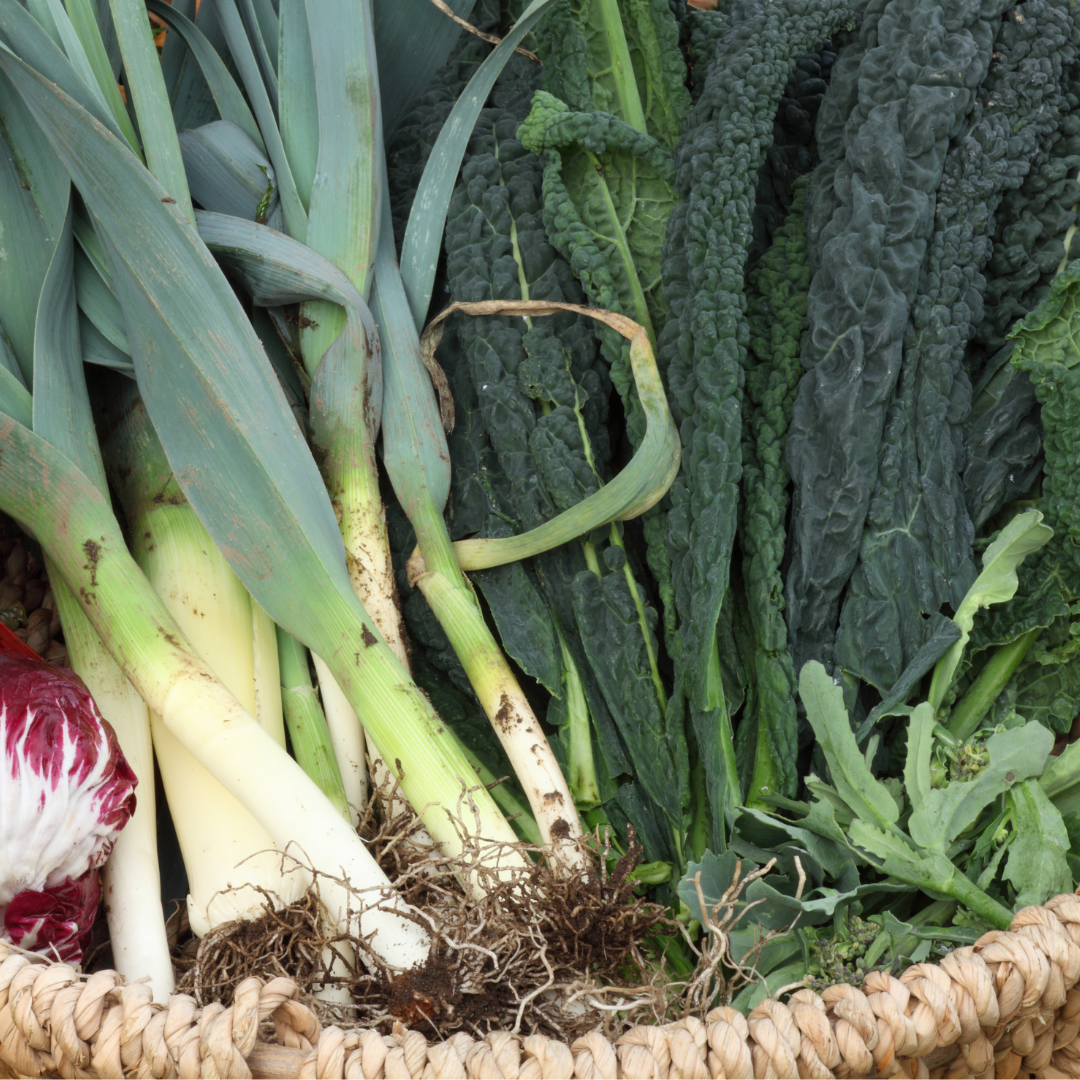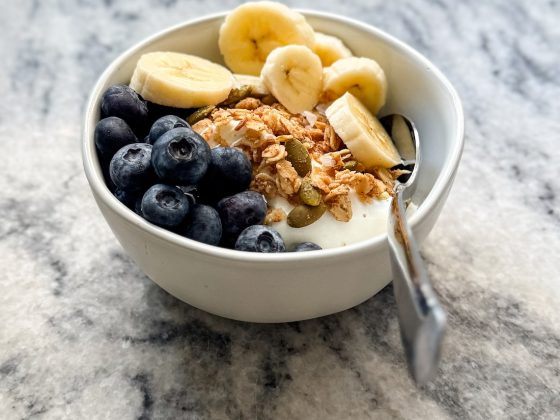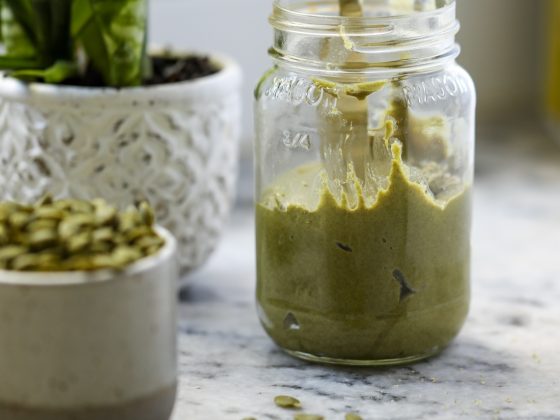By Nadia Murdock and Sara McGlothlin
Let’s face it, eating healthy can be expensive, but when you can implement some good ole’ fashion tips and tricks, not only does it help your physical health, but also your wallet. One easy way to cut costs with your grocery list is to shop seasonally, however many of us don’t know all of the foods that are in season. Knowing what you are looking for not only will help you have a better meal prep plan in mind, but will also save you money. This is economics 101: what’s in season means there is more supply. Increased supply leads to lower costs. Additionally, if you can shop local (i.e. at a farmer’s market), you are likely to save even more (and it feel good to support local, plus it’s better for the environment!).
Eating what’s in season is also beneficial to your health. As humans, we are meant to eat according to what is available. Ayurvedic principles especially abides by this belief. In the winter, plants in abundance not only contain certain vitamins and minerals necessary for this time of year (vitamin C for example works to boost immunity), but comes with properties based on how we are meant to feel. Carrots, sweet potatoes, squash are root vegetables, which are meant to make us feel grounded. They are also warming carbohydrates to heat us up from the inside out during colder months. Think roasting veggies on a sheet pan, or throwing them into soups and stews.
Below are ten seasonal fruits and vegetables you can experiment with in the kitchen. We have also included some of our favorite recipes showing just how to incorporate them.
Kale. This delicious green veggie is so versatile, and can be added in so many ways to your regular diet. The green powerhouse is loaded with antioxidants and provides an excellent source of vitamin C. Make kale chips in your oven or sauté it on your stovetop. You can also add it most soups or plant-based pastas. Avoid eating it raw, as it has more of a cooling effect (and kale salads should be reserved for the spring and summer). Try this chickpea, kale, and brown rice soup for a delicious bowl of comfort on a cold evening.
Swiss Chard. Zero in on this seasonal superstar! If provides a source of vitamin K, A, and C. If you are looking to boost your magnesium, potassium, iron, and dietary fiber, try sautéing Swiss Chard for a perfect side dish like this recipe, which is not only seasonal, but colorful too.
Pear. This delicious fruit offers a lofty amount of fiber making it great healthy snack. Pears are great for promoting healthy digestion. Cook pear halves in the oven or in a grill pan for a nutritious treat like in this recipe. Pair (pun intended) with vegan ice cream for dessert, or coconut yogurt and granola for a breakfast option.
Blackberry. Blackberries can be added to just about everything. Even just having a handful will offer a ton of benefits. They provide a great source of vitamin K and helps to boost brain health. Use the fruit to top your favorite bowl of oatmeal, or better yet, try this baked oatmeal recipe for a dish to have on hand for days.
Parsnips. Parsnips support the immune system (we always need that) and rich with antioxidants. Clueless on how to prepare parsnips? Try roasting them or turning them into fries.
Leek. You can enjoy leeks raw or cooked. Most popularly it can be thrown into stews, ideal for this time of year. If you are looking to increase iron in your diet leeks are a great addition they also provide a source of vitamin A, K and C. In fact, French women swear by leeks for both their health and beauty benefits (and this leek soup is one of their secrets!).
Collard Greens. Rich in magnesium, B-6 and choline, collards are a great way to diversify greens in your diet. Steamed, sautéed or raw this one is a no-brainer for your shopping cart, not to mention cooking them can come together quickly, like in this recipe.
Radishes. If you’re looking for regulate your blood pressure, the potassium in radishes can help with that. It can also give you a source of calcium, folate and manganese. Try using them as a salad topping, or roast them with garlic for something more warming.
Butternut Squash. This packs a punch! Butternut Squash includes vitamin A, C, E and B. Make this into a soup in your slow cooker, or make this extra flavorful mash to complete any meal.
Apple. There are so many options when it comes to apples. For what is in season, stick to Granny Smith, Fuji, Cortland and Ida Red. Roast them to top on chia pudding, or make this apple, cashew, and cauliflower soup for a nutritious lunch or dinner.










